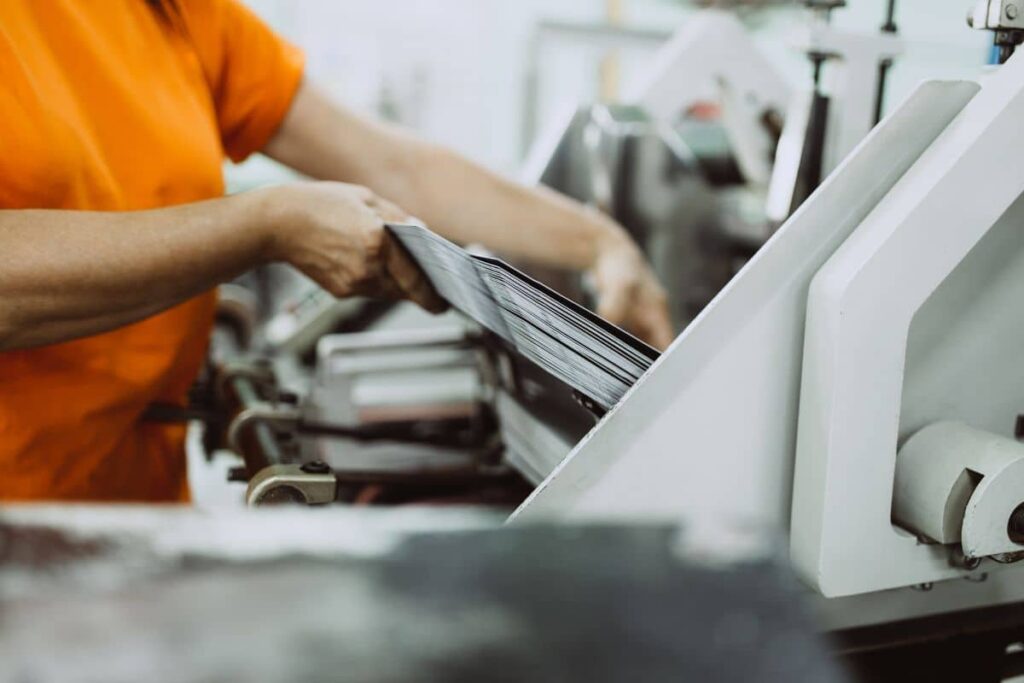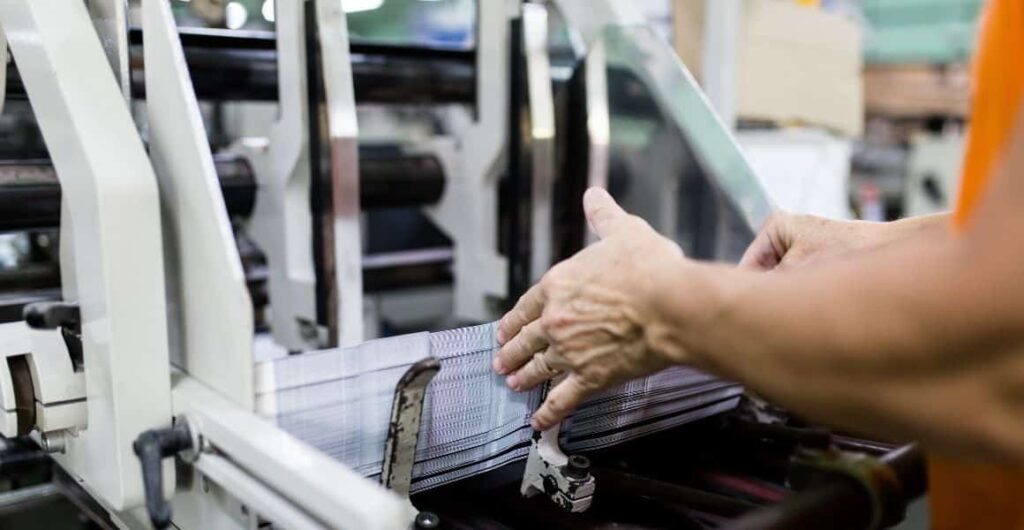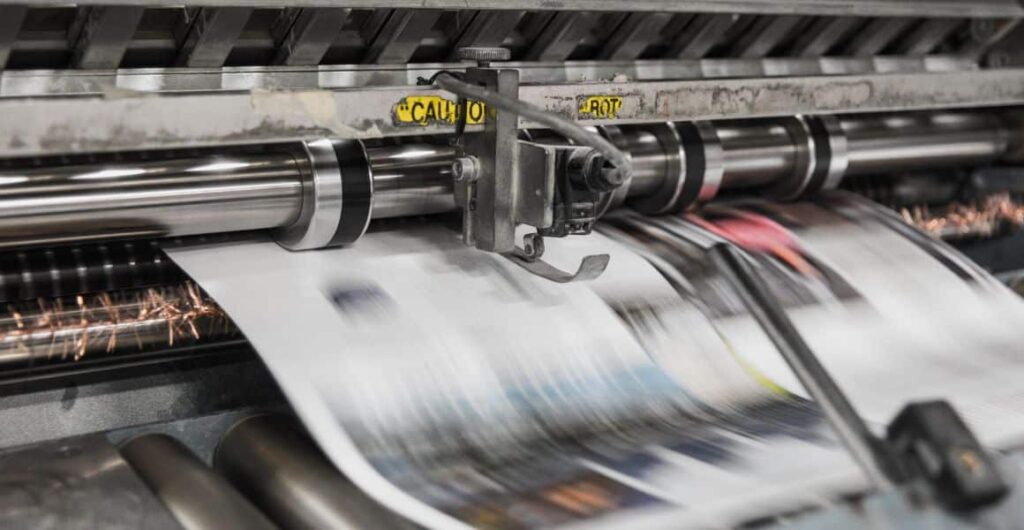
Believe it or not, the secret to reducing your printing costs could be… paying more per unit!
As counterintuitive as this may sound, the conventional model for printing (and manufacturing as a whole) that uses massive production runs to minimize cost per unit, may actually be more expensive. The inefficiency and waste created by this practice, as well as its inflexibility, means you could be pouring money down the drain in your pursuit of greater cost-effectiveness.
In this article, we will talk about the alternative, “just-in-time (JIT) printing.” We’ll look at the major drawbacks of conventional printing, what JIT printing does to overcome these, and the best use cases for each, so you can make the right decision for your business.
What are the drawbacks of conventional printing?
Modern manufacturing strategy is all about employing mass production to maximize efficiency, and printing is no different. Printing in bulk involves churning out large runs all at once, in order to optimize machine utilization and reduce per-unit costs.
Print companies and print salespeople are heavily incentivized to sell large print runs – often hundreds of thousands of copies – even if they know that the client has no need of such a large quantity. This is done to optimize productivity and maximize the printing company’s profit margins, but rarely considers the client’s cash flow, their ability to store the materials or the environmental impact.
This conventional method comes with major drawbacks that can far outweigh any perceived cost savings:
Finally, despite the per-unit costs being lower, large print orders require significant upfront payments. These can strain a business’s cash flow and be a sensitive line item on the quarterly P&L sheet.

How does just-in-time printing avoid these issues?
With just-in-time printing, materials are printed as and when they’re needed, rather than being churned out all at once. This results in much faster turnaround times than conventional printing, so businesses don’t need to stockpile in order to avoid running out.
Despite the higher per-unit costs, this approach can prove to be far more cost-effective than conventional printing, and brings a whole host of other benefits:
With reduced inventory costs, smaller amounts being produced and lower quantities being wasted, JIT can be much more cost-effective over the course of a run than conventional printing.

How is just-in-time printing best utilized?
Whether it’s pharmaceutical companies that need medication package inserts, retailers that want marketing materials, or financial fact sheets that have to be updated every quarter, with variable data depending on audience, almost any industry can make use of JIT printing.
The nature of print on demand does make it more suitable in these situations, however:

Considerations
On the other hand, just-in-time printing will likely prove to be less cost-effective in these situations:
Large runs with predictable demand: When demand for printed materials is high and predictable, conventional printing can be more efficient and cost-effective, as the per-unit cost is lower.
One-time or low-volume printing: If a business only needs to print a small number of copies of a specific document or marketing material, conventional printing may be a better option. This is because the setup costs for JIT printing may not be justifiable for such small print runs.
If your partners are less reliable: JIT printing also requires much greater coordination between suppliers and logistics partners. Lower volumes of stock in reserve make it easier to run out, so replenishment needs to be prompt. If you don’t have faith in your fulfillment partners to achieve the fast turnaround times necessary, JIT printing may not be suitable for your business.
Final thoughts
As businesses feel the squeeze from inflation, and there is constant pressure from C-suite executives to cut costs and improve ROI, JIT printing could be the solution many are looking for.
A just-in-time approach offers more than cost-effectiveness. It’s a strategic shift toward a more sustainable and responsive printing model. By embracing JIT printing, businesses can align their practices with modern manufacturing principles, optimize operational efficiency and contribute to a more environmentally conscious future.
If you’d like to learn more about how JIT printing can help your business do more with less, why not get in touch? At Harte Hanks, we operate a high-quality just-in-time printing service as part of our fulfillment and logistics divisions. No matter your industry, we can provide you with a solution that works for you.


